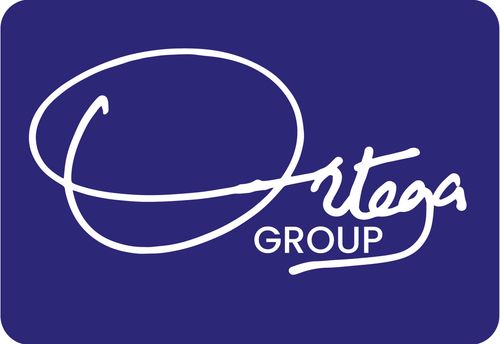Thanks to Michael Porter, the father of modern-day competitive strategy, we came to learn that there are two generic strategies. That one could compete by being unique (differentiation/customer focus), or by being cheaper (cost-leadership). Over time, these strategies have evolved, and we now have three distinct strategies.
First, businesses can compete by being Better. A business chooses to find a unique way to the market. And this can come in different forms, it could be the uniqueness of the customer experience, it’s ultimate differentiation. Think of Wild Coffee Bar in Uganda when it comes to hangout propositions. It competes on uniqueness. Think of Banange Beer brand, it’s a craft beer brand, it’s doing it at scale, and you know if you want something crafty, experimental, different, then you think of Banange.
Second, businesses can compete by being Cheaper. We Call this cost-leadership. However, let’s warn here that cost leadership doesn’t imply low or sub-standard quality. It implies that a business is delivering maximum value to the consumer but at the cheapest price possible. This requires efficiency and effectiveness in one’s business operations. Businesses that compete through low-cost strategies have mastered their operations.
Third, businesses can compete by being Faster. We call this the response strategy. How adaptive and agile is the business to the changing consumer needs? Such businesses have mastered their innovation process. They innovate at speeds faster than their competitors. They are quick, they are flexible, they are at the cutting edge of response.
What is your current business strategy?
Photo by Slava Keyzman on Unsplash

